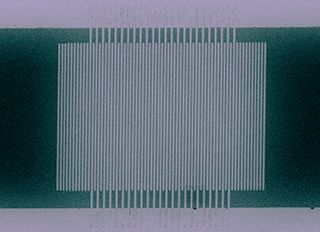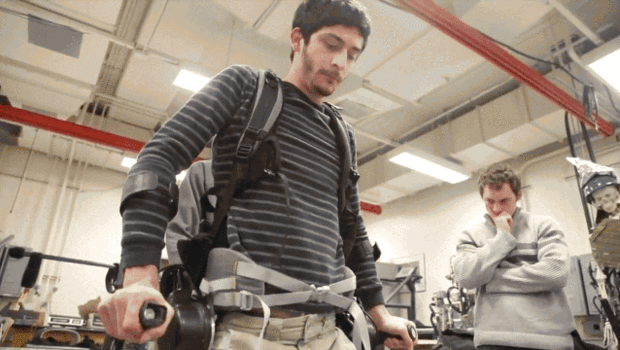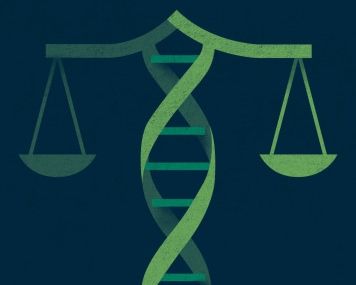In 2014, Twitter stated that nearly 1 in 10 of its accounts are controlled by “bots” that generate automatic tweets for purposes ranging from innocuous to potentially harmful. Recently, DARPA ran a competition to find Twitter bots designed to influence online debates, and the outcome was a fundamental shift in anti-bot strategies.
Page 11490
Feb 1, 2016
Physicists investigate the structure of time, with implications for quantum mechanics and philosophy
Posted by Andreas Matt in category: quantum physics
(Phys.org)—Although in theory it may seem possible to divide time up into infinitely tiny intervals, the smallest physically meaningful interval of time is widely considered to be the Planck time, which is approximately 10-43 seconds. This ultimate limit means that it is not possible for two events to be separated by a time smaller than this.
Feb 1, 2016
Is dark matter subatomic particles, a superfluid, or both?
Posted by Andreas Matt in categories: cosmology, particle physics, quantum physics
The superfluid Universe.
Quantum effects are not just subatomic: they can be expressed across galaxies, and solve the puzzle of dark matter.
Feb 1, 2016
Russia developing mind-controlled ‘exoskeletons’ for its soldiers | Latest News | Breaking UK News & World News Headlines | Daily Star
Posted by Karen Hurst in categories: cyborgs, military, neuroscience
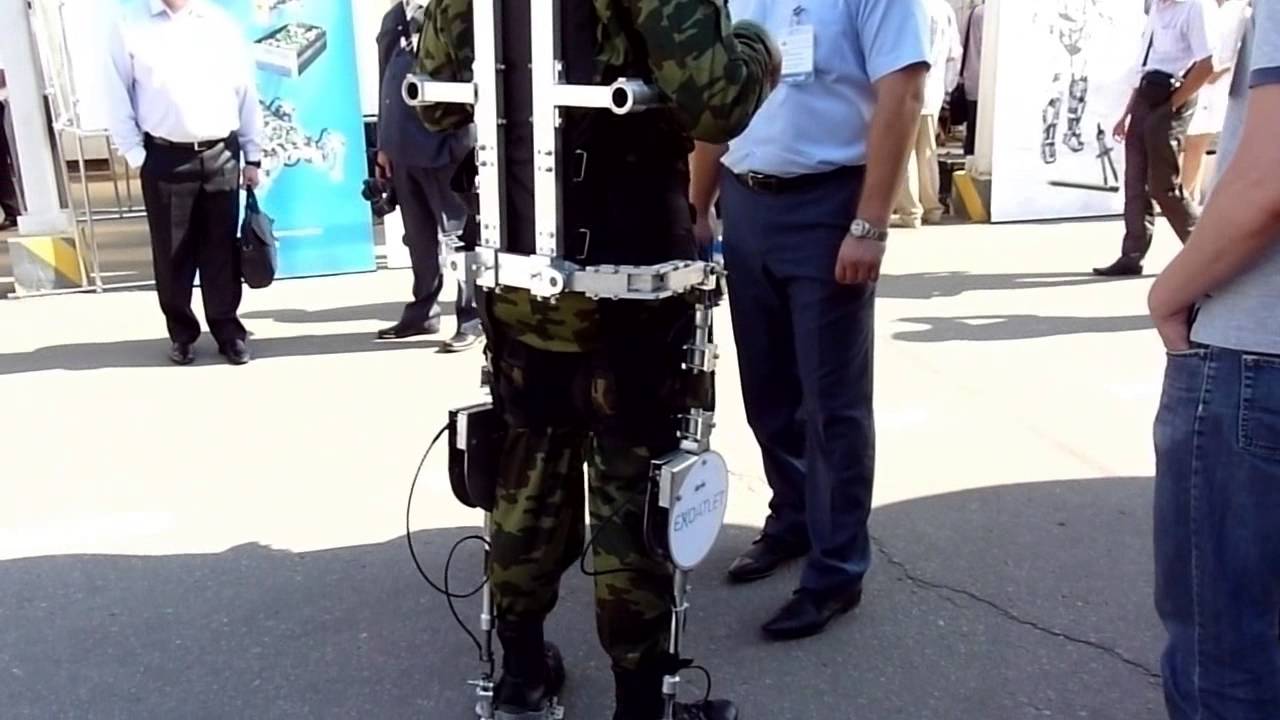
Russia’s new mind control exoskeleton.
THE era of the ‘robo-soldier’ is nearing as Russia claims to be perfecting machines that will revolutionise warfare.
Feb 1, 2016
The 9 Lives of the Dreamer & Maker: Phillipe Bojorquez
Posted by Phillipe Bojorquez in categories: bioengineering, lifeboat, robotics/AI

I gave an interview for a queer people of interest blog and plugged the lifeboat foundation. Thought I would share the information here.
Phillipe Bojorquez is an engineer, activist, and artist: He has been described as “a futurist with a community minded bent.” He is a engineer, with experience at First Dibs, Samsung, Boxee, and Canary. He is a board member of The Lifeboat Foundation, an independent research group dedicated to helping humanity survive the risks posed by new technologies. His research areas include artificial intelligence, robotics, engineering, and philosophy. Bojorquez is a past board member of CRUX, NYC’s LGBT rock climbing organization, and an early contributor and organizer of Vegans in Vegas, a yearly gathering of activists and entrepreneurs at the forefront of nutrition and sustainability.
Feb 1, 2016
Is Harm to a Prosthetic Limb Property Damage or Personal Injury?
Posted by Roman Mednitzer in categories: biotech/medical, cyborgs, law
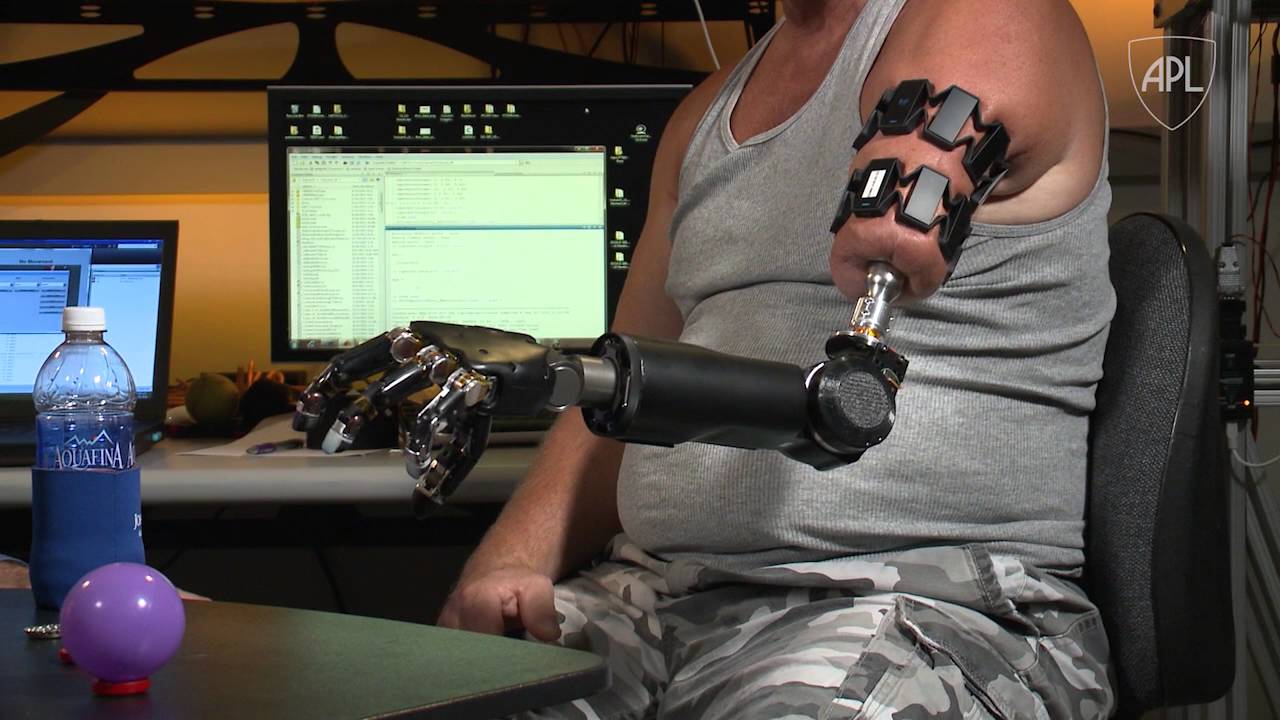
Oxford researchers suggest the law might have to reassess what it considers person and property.
Feb 1, 2016
Less jitter, more bits: new material for detecting photons captures more quantum information
Posted by Karen Hurst in categories: materials, nanotechnology, particle physics, quantum physics
Transport Quantum bits via superconducting nanowires. Definite step forward in information transmittal capabilities.
Although 74 picoseconds may not sound like much — a picosecond is a trillionth of a second — it is a big deal in the quantum world, where light particles, or photons, can carry valuable information. In this case it means that much less “jitter,” or uncertainty in the arrival time of a photon. Less jitter means that photons can be spaced more closely together but still be correctly detected. This enables communications at a higher bit rate, with more information transmitted in the same period.
Every little bit helps when trying to receive faint signals reliably. It helped, for example, in NIST’s recent quantum teleportation record and difficult tests of physics theories. In such experiments, researchers want to decode as much information as possible from the quantum properties of billions of photons, or determine if “entangled” photons have properties that are linked before — or only after — being measured.
Feb 1, 2016
Advanced composites — An idealized future
Posted by Karen Hurst in categories: computing, transportation
 DARPA Futurist’s visions of the future: non breakable parts and improving energy usage. Interesting, we both had worked at the National Labs.
DARPA Futurist’s visions of the future: non breakable parts and improving energy usage. Interesting, we both had worked at the National Labs.
Although we’re still awaiting the mass production of flying cars and miniature fusion reactors, some predictions in the 1985 film Back to the Future for 2015 have, indeed, come true. Among them are in-home videoconferencing and voice and fingerprint recognition for personal devices.
On the 30th anniversary of the movie, the US Defense Advanced Research Projects Agency (DARPA) issued some predictions about the world in 2045. Some of them seem pretty far-fetched (click here for a look), but given the pace of technological development, they might be realized much sooner. So, what would an idealized future for the advanced composites industry look like? And rather than looking out 30 years, how about the next 10 to 20? Here are some of my thoughts:
“Make it and break it” is a thing of the past. Today’s “building block” approach to composites, from coupon level to full structures, is both time-consuming and expensive. As computing power evolves, the necessity to fabricate and test thousands of coupons to derive design allowables goes away. Instead, we manufacture a modest set of critical panels and measure a handful of mechanical properties, and use proven and reliable mathematical models to accurately predict the remaining design properties, called “virtual allowables.” Most important, we believe in them. From these, we are able to predict behavior of as-manufactured components and assemblies in impact, crash, fatigue and other potential failure modes, leading us to design parts at minimum weight and cost. We also characterize the rheology of the various polymers in composites, as well as forming behavior of fibers and textile forms to confidently simulate composite manufacturing processes.
Feb 1, 2016
A Budget Exoskeleton Allows Paraplegics To Walk–For The Price Of A Car
Posted by Klaus Baldauf in categories: biotech/medical, cyborgs, robotics/AI, transportation
The Phoenix lets paraplegic people sit, stand, and walk. It costs just $40,000. Here’s how the designers pulled it off.
In 2005, Steven Sanchez was trying to do a flip off a BMX dirt ramp when he was paralyzed from the belly button down. 11 years later, with no miracle surgery to speak of, he stands like any other tourist in line at the Vatican.
“I had this awesome robotic suit on, and nobody cared,” he says. “They just waited for me to move up like everyone else moved up.” It was a moment of incredible, touristy normalcy, provided by a bit of practice—and the Phoenix exoskeleton.
Feb 1, 2016
DNA Got a Kid Kicked Out of School—And It’ll Happen Again
Posted by Phillipe Bojorquez in categories: biotech/medical, education, genetics
A few weeks into sixth grade, Colman Chadam had to leave school because of his DNA.
The situation, odd as it may sound, played out like this. Colman has genetic markers for cystic fibrosis, and kids with the inherited lung disease can’t be near each other because they’re vulnerable to contagious infections. Two siblings with cystic fibrosis also attended Colman’s middle school in Palo Alto, California in 2012. So Colman was out, even though he didn’t actually have the disease, according to a lawsuit that his parents filed against the school district. The allegation? Genetic discrimination.
Yes, genetic discrimination. Get used to those two words together, because they’re likely to become a lot more common. With DNA tests now cheap and readily available, the number of people getting tests has gone way up—along with the potential for discrimination based on the results. When Colman’s school tried to transfer him based on his genetic status, the lawsuit alleges, the district violated the Americans With Disabilities Act and Colman’s First Amendment right to privacy. “This is the test case,” says the Chadam’s lawyer, Stephen Jaffe.



